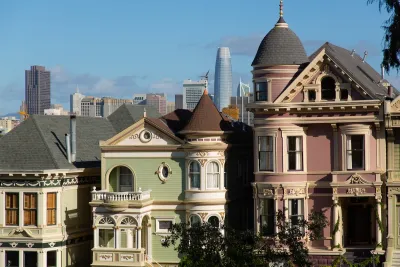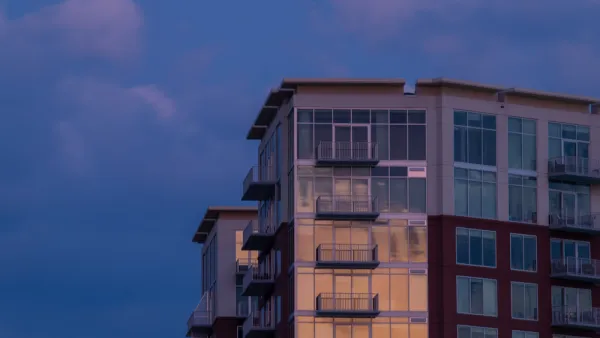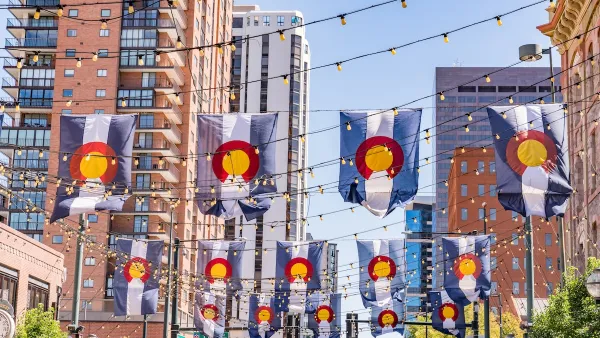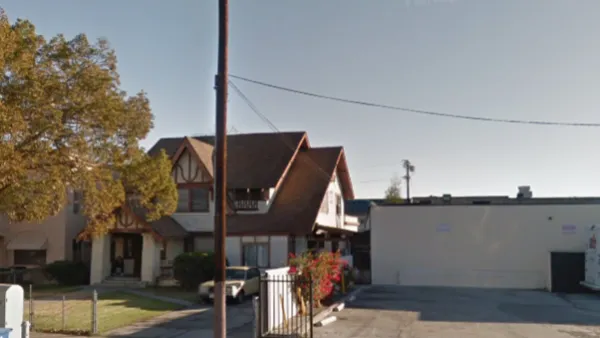For decades, many U,S, neighborhoods successfully resisted change at the expense of a few neighborhoods sacrificed to mass development. Is there a better way?

In a piece for Strong Towns, Charles Marohn calls for a new “housing bargain,” arguing that the pattern of housing development in American cities that has been accepted for decades is no longer working.
For Marohn, the “unspoken grand bargain” of U.S. development has been that “No neighborhood needs to change; they can all stay in their current form, but in exchange, one or two neighborhoods will experience radical transformation.”
This sacrificing of some neighborhoods for the sake of others perpetuates inequities and harms all types of neighborhoods. “The neighborhoods that avoid change aren’t static; they’re slowly declining. Costs keep increasing. The tax base does not. The lack of incremental adaptation means that they’re becoming less financially productive, more expensive to maintain and increasingly fragile.”
On the other side, neighborhoods that do experience transformation also see rising costs, displacement, and predatory practices.
Marohn proposes a new bargain: “Every neighborhood needs to experience a bit of change; they all need to evolve and mature, but no neighborhood should experience radical change.” By recognizing that change is inevitable, this approach allows for incremental, organic growth. According to Marohn, “For places to make this change, a conversation needs to happen at the community level. Residents need to understand that a neighborhood evolving over time is not something to fear but something to embrace. It’s the only way to ensure that our cities remain vibrant, adaptable and accessible to everyone.”
FULL STORY: America’s “Grand Housing Bargain” Is Broken. It’s Time for a New One.

National Parks Layoffs Will Cause Communities to Lose Billions
Thousands of essential park workers were laid off this week, just before the busy spring break season.

Retro-silient?: America’s First “Eco-burb,” The Woodlands Turns 50
A master-planned community north of Houston offers lessons on green infrastructure and resilient design, but falls short of its founder’s lofty affordability and walkability goals.

Delivering for America Plan Will Downgrade Mail Service in at Least 49.5 Percent of Zip Codes
Republican and Democrat lawmakers criticize the plan for its disproportionate negative impact on rural communities.

Test News Post 1
This is a summary

Test News Headline 46
Test for the image on the front page.

Balancing Bombs and Butterflies: How the National Guard Protects a Rare Species
The National Guard at Fort Indiantown Gap uses GIS technology and land management strategies to balance military training with conservation efforts, ensuring the survival of the rare eastern regal fritillary butterfly.
Urban Design for Planners 1: Software Tools
This six-course series explores essential urban design concepts using open source software and equips planners with the tools they need to participate fully in the urban design process.
Planning for Universal Design
Learn the tools for implementing Universal Design in planning regulations.
EMC Planning Group, Inc.
Planetizen
Planetizen
Mpact (formerly Rail~Volution)
Great Falls Development Authority, Inc.
HUDs Office of Policy Development and Research
NYU Wagner Graduate School of Public Service





























